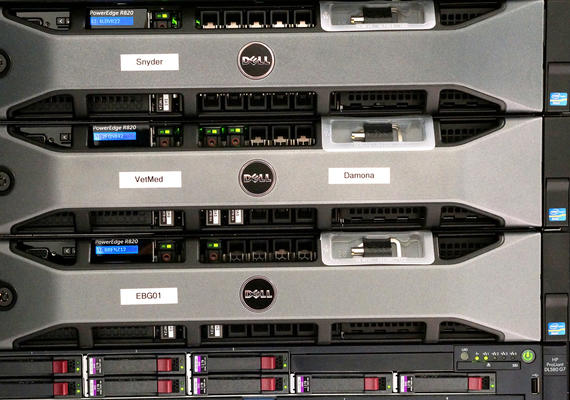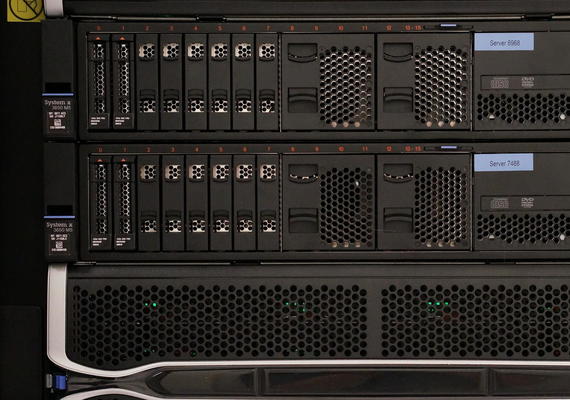Building Strength in Omics
Supporting multiple University of Calgary Research Strategies and the Faculty of Science Grand Challenge “Understanding Earth’s Evolving Systems”, and Alberta Research and Innovation Framework (ARIF) aims “Economic Diversification and Job Creation” and “Healthy Alberta”.
Collaborations with Department of Bioscience: Ian Lewis. Cumming School of Medicine: Paul Gordon. Veterinary Medicine: Derek McKay. North Carolina State University Manuel Kleiner. Delft University of Technology: Martin Pabst.
The research from the Group addresses complex microbial communities, referred as “microbiomes”. Such communities can for example be human microbiomes, groundwater microbiomes, microplastic microbiomes, or the microbiomes of an oil sands tailings pond. Microbiomes perform key processes in all these ecosystems. Well-tuned microbiomes are key to desired outcomes such as successful bioremediation or improved human and animal health. Microbiomes consist of hundreds to thousands of different microbial species, which interact in unknown ways. This leads to a vast amount of complexity and a need for big data approaches to realize successful outcomes.
We aim to advance the fields of both metagenomics and metaproteomics by providing training, better tools, and new approaches. For example, our team organized and ran no-profit international workshops providing hands-on training to fifty participants from various countries. We also developed software, databases, and web-platform enabling entry-level researchers and students to better and more effectively analyze their metagenomics data.
Proteomics could be a powerful complement to metagenomics, especially because these are experimentally independent approaches, with each compensating for the bias of the other. Crucially, proteomics depends on mass spectrometry, so it can be combined with isotopic approaches, bridging the gap between molecular biology and geoscience. Proteomics is relatively under-used in microbial ecology today. Our team is publishing a series of studies to highlight the potential of proteomics to microbial ecologists. These papers also provide detailed protocols for proteomics facilities, generally operating in a medical context, empowering them to use better workflows to handle samples of microbial communities. We also developed a new proteomics approach to determine the natural isotopic fingerprint of individual species within complex microbial communities. Our current research is extending this approach to realize step changes in the precision and sensitivity for stable isotope probing/proteomics applications.

Dedicated Linux Servers
EBG has two dedicated linux servers. One is a Dell PowerEdge R820 with a total of 80 threads and 512 GB RAM, which serves as a developing server. Another is a Dell PowerEge R720 with 32 threads and 256 GB RAM, which is configured as a production server. Each server is connected to an IBM high performance storage through InfiniBand.

Computing Cluster Access
Besides our dedicated computing resources, which include high-performance systems, GEMM researchers utilize high-performance parallel CPU and GPU clusters available through UCalgary's Advance Research Computing cluster and the Digital Research Alliance of Canada.
Calis-p
Calis-p (The CALgary approach to ISotopes in proteomics) is a software package to directly extract stable carbon isotope fingerprints (SIFs) of individual species in a microbial community from a metaproteomic dataset.
Using Calis-p, please cite:
Manuel Kleiner, Xiaoli Dong, Tjorven Hinzke, Juliane Wippler, Erin Thorson, Bernhard Mayer, Marc Strous (2018) Metaproteomics method to determine carbon sources and assimilation pathways of species in microbial communities Proceedings of the National Academy of Sciences Jun 2018, 115 (24) E5576-E5584; doi: 10.1073/pnas.1722325115i
Metawatt binner
The Metawatt binner is a graphical binning tool that makes use of multivariate statistics of tetranucleotide frequencies and differential coverage based binning.
Using Metawatt binner, please cite:
Strous M, Kraft B, Bisdorf R, TegetMeyer H (2012) The binning of metagenomic contigs for microbial physiology of mixed cultures. Frontiers in Microbial Physiology and Metabolism 3:410. doi: 10.3389/fmicb.2012.00410
MetaAmp
The MetaAmp is designed for analyzing universally conserved phylogenetic marker genes (e.g. 16S/18S rRNA) of metagenomic data.
Using MetaAmp, please cite:
Dong X, Kleiner M, Sharp CE, Thorson E, Li C, Liu D and Strous M (2017) Fast and Simple Analysis of MiSeq Amplicon Sequencing Data with MetaAmp. Front. Microbiol. 8:1461. doi: 10.3389/fmicb.2017.01461
MetaErg
MetaErg is a stand-alone and fully automated metagenomic and metaproteomic data annotation pipeline.
Using MetaErg, please Cite:
Dong X and Strous M (2019) An Integrated Pipeline for Annotation and Visualization of Metagenomic Contigs. Front. Genet. 10:999. doi: 10.3389/fgene.2019.00999
rRNAFinder
rRNAFinder is a small perl software package, which can be used to automatically predict and classify the ribosome RNA genes using the assembled genome/metagenome contigs as input.
Use rRNAFinder, please cite:
Dong X and Strous M (2019) An Integrated Pipeline for Annotation and Visualization of Metagenomic Contigs. Front. Genet. 10:999. doi: 10.3389/fgene.2019.00999
CANT-HYD
CANT-HYD is a database of HMMs purpose-built for searching and annotating genes that are markers of hydrocarbon metabolism.
Please Cite:
Khot V, Zorz J, Gittins DA, Chakraborty A, Bell E, Bautista MA, Paquette AJ, Hawley AK, Novotnik B, Hubert CRJ, Strous M and Bhatnagar S (2022) CANT-HYD: A Curated Database of Phylogeny-Derived Hidden Markov Models for Annotation of Marker Genes Involved in Hydrocarbon Degradation. Front. Microbiol. 12:764058. doi: 10.3389/fmicb.2021.764058

